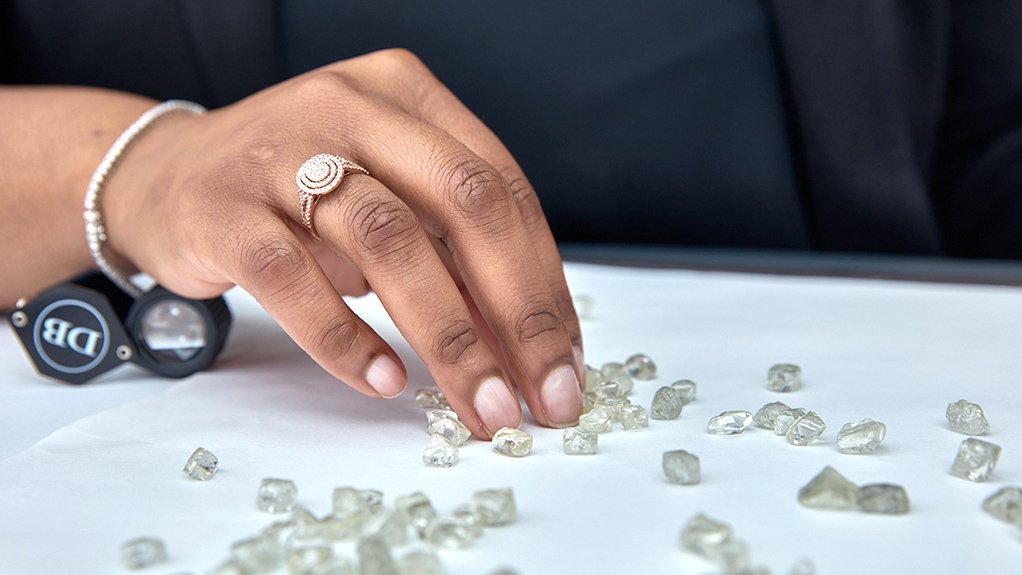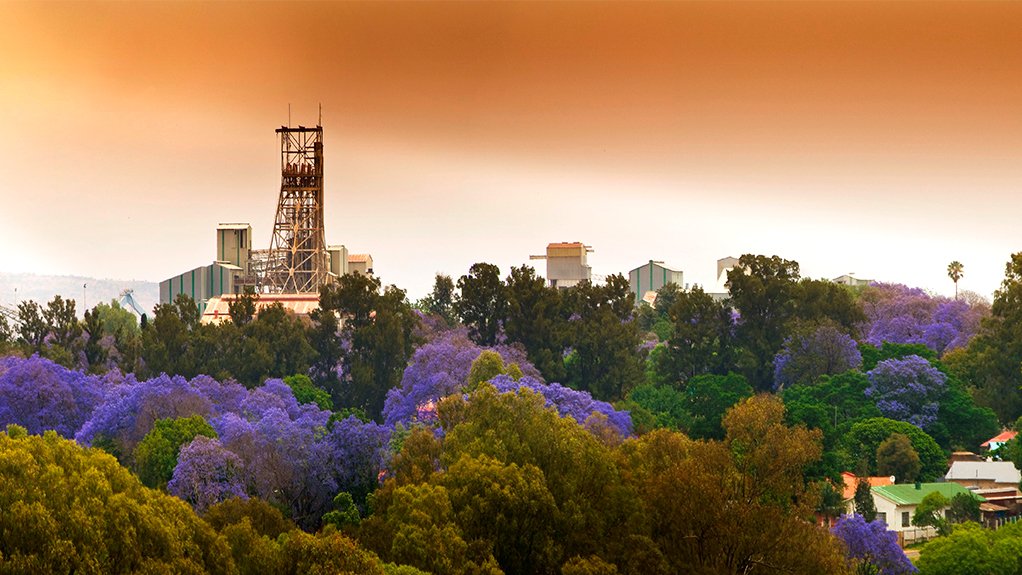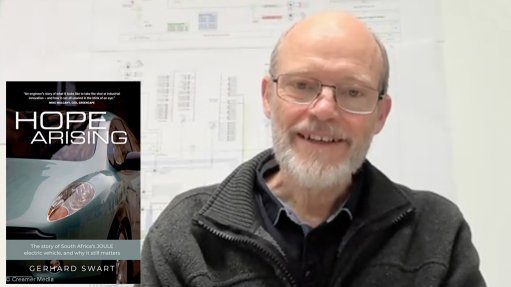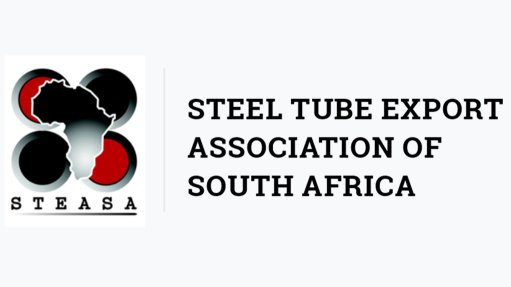Major opportunity for the diamond business to return to old strengths, says luminary
Botswana is seeking a greater interest in De Beers, and Angola is seeking an interest too. To the mind of diamond luminary Martyn Charles Marriott, this could be an opportunity to return to old strengths and disciplines.
In an article on the website of International Diamond Manufacturers, Marriott cautions Botswana about going it alone and falling into the trap of yet again putting all its eggs into one basket.
He notes that the current deal Botswana has with De Beers is fantastic in that 80% of mine profits go to Botswana – a level that far surpasses anything in the mining industry anywhere in the world.
Marriott believes the current debate over De Beers’ future presents an opportunity for a return to the discipline and control of the natural diamond market.
Many recall that the best economic viability of the diamond industry took place in the days when it had a stockpile and a quota approach, which kept supply and demand in crucial balance.
In addition, large sums were spent on unforgettable advertising campaigns and the entrenchment of the global diamond engagement ring tradition.
Collaboration what gave diamonds their old strength; fragmentation is what is causing their current weakness.
Marriott recalls how collaboration enabled West Africa’s alluvial diamonds to be absorbed by the diamond buying offices that were created at source. Russia also saw the benefit of this approach for everyone, from miners to cutters, traders, and consumers.
It was Marriott, as the then manager of De Beers Dicor, who persuaded the government of Sierra Leone about the benefits of collaboration. This was ahead of his departure from De Beers, which coincided with the discovery of diamonds in Botswana, where he played a key consultancy role from 1970 to 1983.
It was then that Botswana was persuaded that the Central Selling Organisation system could uplift its economy – provided the diamonds were properly sorted and valued, and production at Orapa was increased to help Botswana secure a favourable quota. Marriott also proposed that future mine development in Botswana be by an equally shared 50:50 company.
For more than a dozen years, Marriott was a member of Botswana’s negotiating team with De Beers, which secured the very high level of profits that would accrue to the Botswana government from the development of its diamond mines. During the joint development of Jwaneng, he coordinated Botswana’s inputs into the project.
Interestingly, in 1980, even the Australians were persuaded about the merits of the Central Selling Organisation for the Argyle mine.
From 1985 to the end of the century, Marriott was heavily involved in the restoration of the Angolan diamond industry, as consultant and valuer to Endiama, the article on the website of International Diamond Manufacturers recalls.
In this instance, as production in Angola was then small, Marriott initially advocated sales by tender amid the build-up of a successful sales procedure that was eventually undermined by corruption.
The establishment of the Kimberley Process also came about with Mariott’s help, but unfortunately, in 1986, the diamond world began to disrupt. Argyle and De Beers ceased their cooperation. The Russians became increasingly independent, and Canadian mines opted to market their production separately.
Now synthetic diamonds are adding to the competition.
Meanwhile, Martyn’s two sons, Luke and Benjamin Marriott, are continuing worldwide valuing and have developed eValuer, a system of pricing and valuing diamonds.
“I relate all the above to demonstrate the experience that leads me to write this article concerning a possible future for the natural diamond industry based on cooperation between the African producers,” Marriott writes.
“I must admit that I found no enthusiasm for my ideas for African cooperation during my time working for the Government of Botswana. Moreover, at the end of my work there, I was at odds with its policy. I did not believe in the move towards local processing. I felt it unlikely that local establishments could compete with the industry as it stood, particularly the Indians.”
Article Enquiry
Email Article
Save Article
Feedback
To advertise email advertising@creamermedia.co.za or click here
Comments
Press Office
Announcements
What's On
Subscribe to improve your user experience...
Option 1 (equivalent of R125 a month):
Receive a weekly copy of Creamer Media's Engineering News & Mining Weekly magazine
(print copy for those in South Africa and e-magazine for those outside of South Africa)
Receive daily email newsletters
Access to full search results
Access archive of magazine back copies
Access to Projects in Progress
Access to ONE Research Report of your choice in PDF format
Option 2 (equivalent of R375 a month):
All benefits from Option 1
PLUS
Access to Creamer Media's Research Channel Africa for ALL Research Reports, in PDF format, on various industrial and mining sectors
including Electricity; Water; Energy Transition; Hydrogen; Roads, Rail and Ports; Coal; Gold; Platinum; Battery Metals; etc.
Already a subscriber?
Forgotten your password?
Receive weekly copy of Creamer Media's Engineering News & Mining Weekly magazine (print copy for those in South Africa and e-magazine for those outside of South Africa)
➕
Recieve daily email newsletters
➕
Access to full search results
➕
Access archive of magazine back copies
➕
Access to Projects in Progress
➕
Access to ONE Research Report of your choice in PDF format
RESEARCH CHANNEL AFRICA
R4500 (equivalent of R375 a month)
SUBSCRIBEAll benefits from Option 1
➕
Access to Creamer Media's Research Channel Africa for ALL Research Reports on various industrial and mining sectors, in PDF format, including on:
Electricity
➕
Water
➕
Energy Transition
➕
Hydrogen
➕
Roads, Rail and Ports
➕
Coal
➕
Gold
➕
Platinum
➕
Battery Metals
➕
etc.
Receive all benefits from Option 1 or Option 2 delivered to numerous people at your company
➕
Multiple User names and Passwords for simultaneous log-ins
➕
Intranet integration access to all in your organisation






















